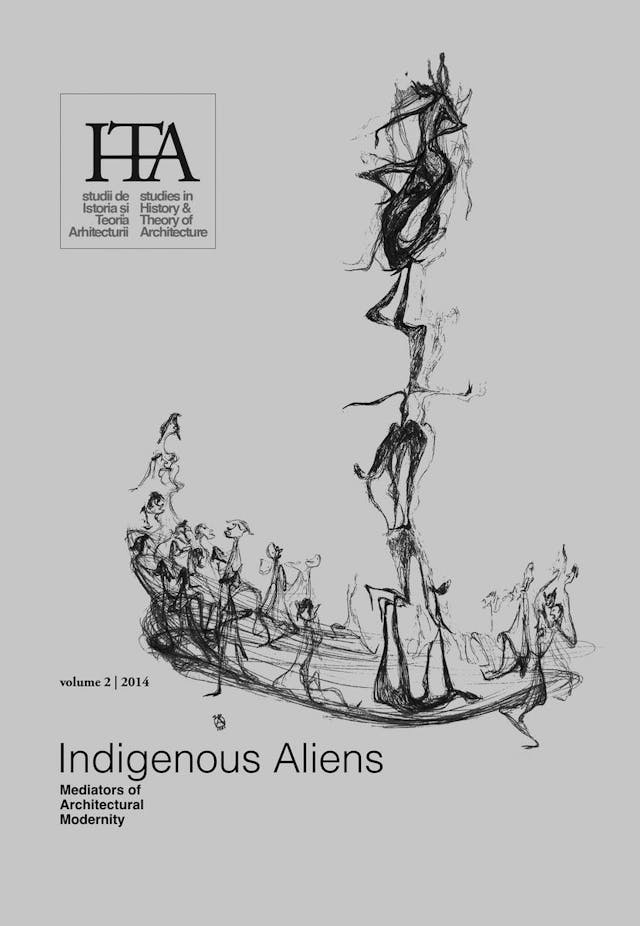“…the city as a part of nature and concrete as a kind of earth”Japanese Architecture Meets 1960s–1980s Romanian Modernism
“…the city as a part of nature and concrete as a kind of earth”
Japanese Architecture Meets 1960s–1980s Romanian Modernism
by
Ioana C. Popovici
Keywords
Japanese architecture
Romanian architecture
modernism
metabolism
post-modernism
lyrical functionalism
In May 1985, Kisho Kurokawa alighted in Bucharest for the opening of his eponymous exhibition of architecture and design. Comparable only to Kenzo Tange in terms of media representation and professional appeal, Kurokawa’s visit was the pinnacle of nearly 15 years of constantly rising fascination with Japanese architecture. Published in Arhitectura somewhat regularly since 1972, the projects, completed works and excerpts from the theoretical writings of prominent Japanese architects - Kenzo Tange, Arata Isozaki, Kisho Kurokawa - had enthralled the Romanian professional audience.
Here was an architectural culture of undeniable otherness, but an otherness perceived as kindred in spirit and desiderata. This alien discourse was incontrovertibly modern, though based on a reinvention of the traditional vernacular which conferred it an aura of cultural specificity. It deployed advanced technology to drive urban planning and architecture to unprecedented feats of conception and construction - cities on the sea, arboreal towns for millions of dwellers - yet worked metabolically, and prized symbolism and humanity above all else. It was, in a word, inspirational.
This paper traces the dissemination of Japanese architectural discourse in the context of Romanian modernism, facilitated by Arhitectura magazine, focusing on lyrical functionalism (late 1960s and early 1970s), and the post-modern aesthetics of the 1980s.
Published in

Chicago citation style
DOI:
10.54508/sITA.2.07